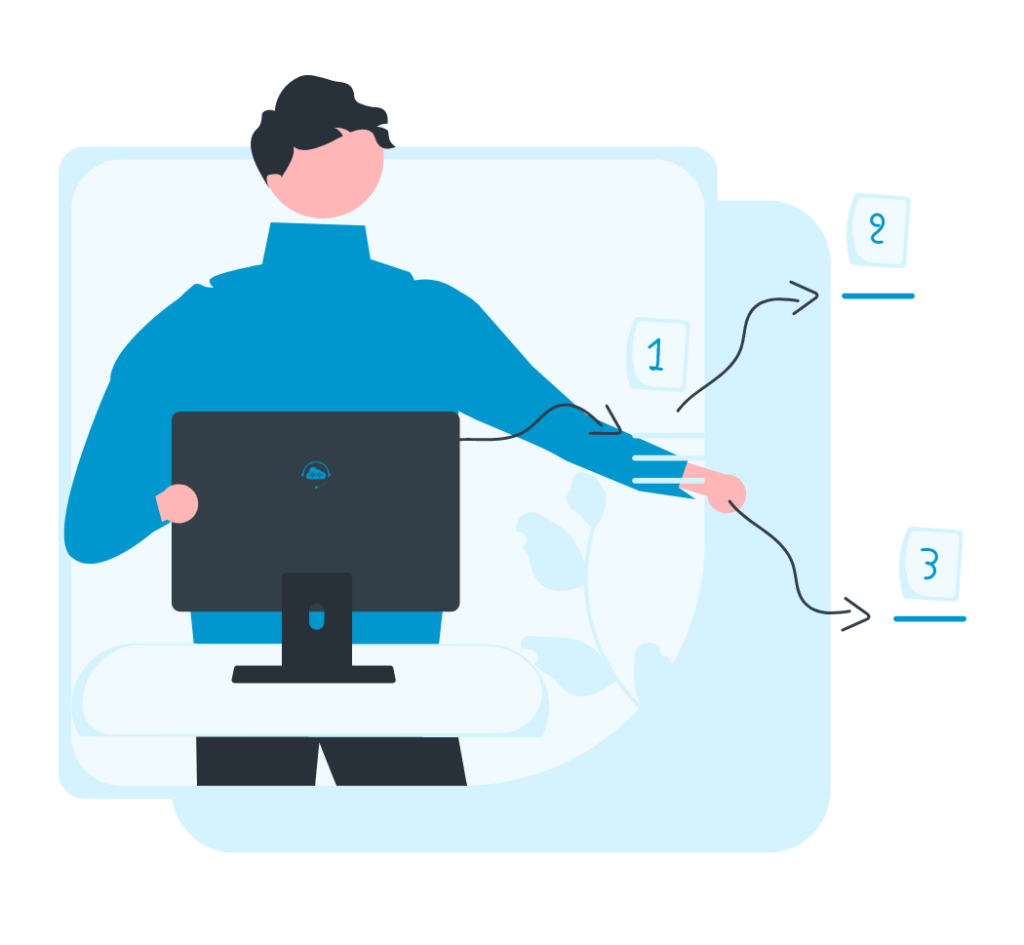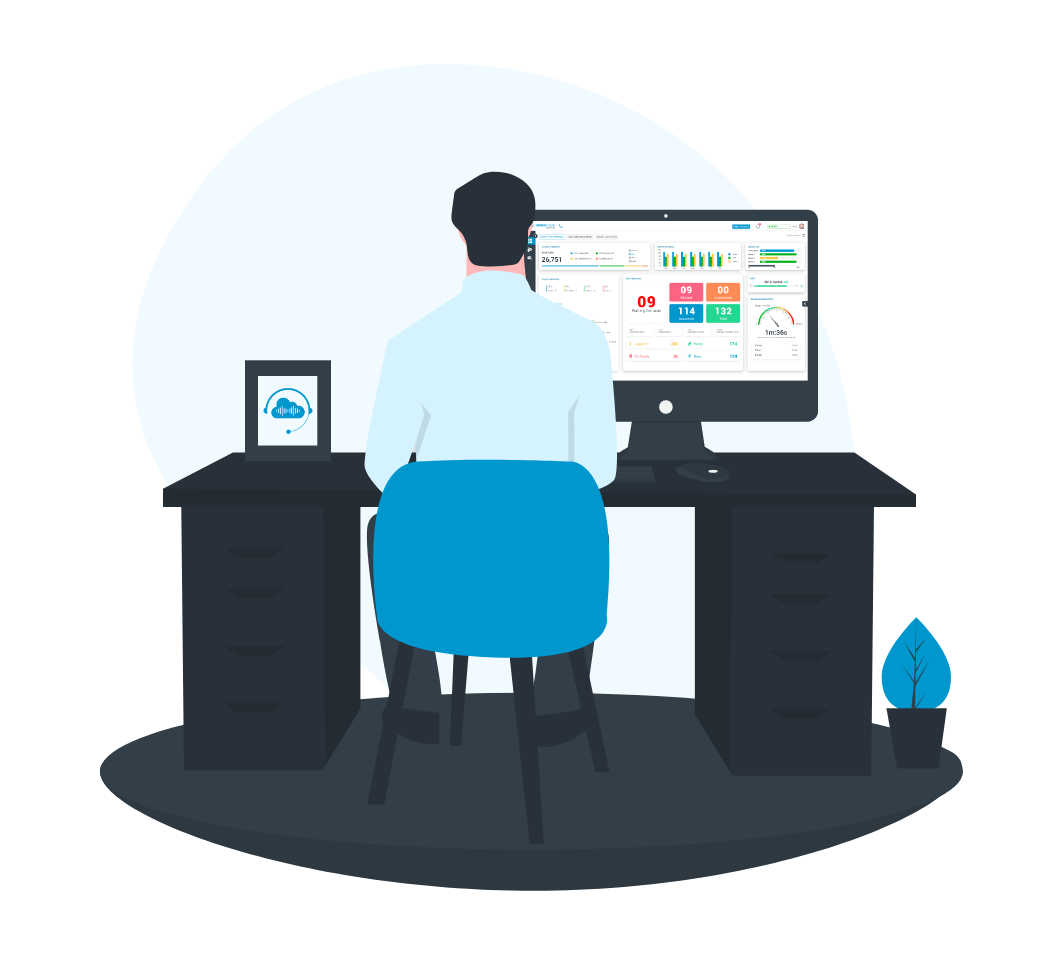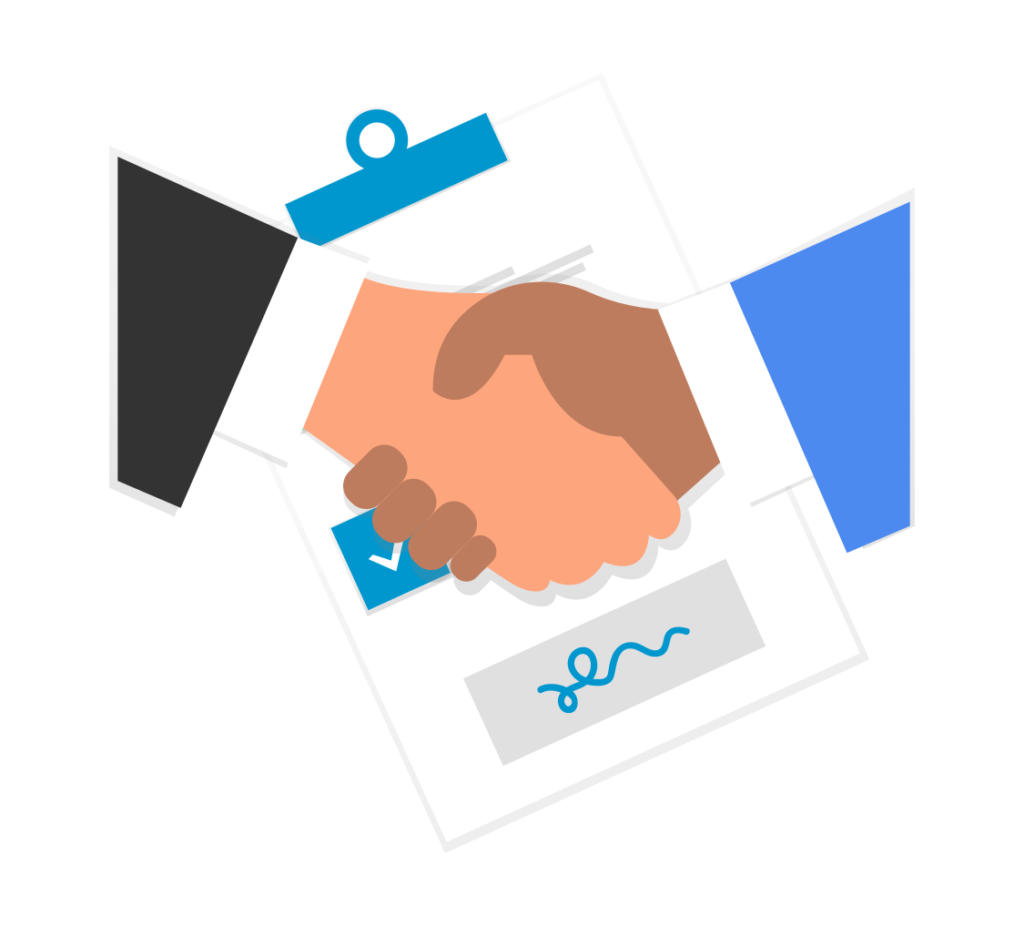Sentiment Analysis – What is it and how does it work?
Most speech analytics solutions, including Contact Lens for Amazon Connect (Contact Lens), provide sentiment analysis in their functionality.

Sentiment analysis, using artificial intelligence, analyses both lexical content (the words a person speaks) and acoustic content (non-linguistic characteristics of a person’s voice, such as pitch, speed of speech or jitter (how steady is the pitch of a person’s voice) to determine what emotions a person is experiencing.
These characteristics vary by local culture. In some countries, speaking loudly is considered to be a sign of extreme emotion, while in others it is regarded as a normal part of a conversation.
Different cultures express anger differently. In some cultures, “swearing” is used casually and is not considered a sign of extreme emotion. In other countries, the opposite applies.
The model for identifying emotion needs to be trained to “tune” it to the people whose emotions are being measured. This is done by taking calls where the emotions are known and allowing the system to analyse the lexical and acoustic characteristics of the call, then effectively telling the system “This is what “negative sentiment” looks like”.
Most systems measure sentiment as being “positive”, “neutral” or “negative”.
Sentiment analysis vs post call surveys
Sentiment analysis automatically measures the customer’s and agent’s sentiment, or feelings, on every call.

Contact Lens tracks how the two parties’ sentiment evolves during the call.
When customers do a post call IVR survey, the response rate worldwide is about 5%. Customers know they are being surveyed, and this fact influences how they respond.
Angry customers may give a low NPS score because to take revenge on the agent who served them badly.
If a prize has been offered, customers may think that a favourable response will improve their chances of winning.
Like Schrödinger’s experiment, the data collection method influences the result.
Sentiment analysis measures every call. The participants in the conversation do not know they are being measured. Unless they are very good actors, it’s unlikely that they can influence the results.
What can you do with sentiment analysis?
Sentiment analysis results can be made available on Omningage IQ reports and Wallboards in near real time, and as historical data.
Use cases for near real time sentiment analysis
Alerts:
When negative sentiment, expressed by many customers, suddenly increases, this is a sign of trouble. A near real time alert can prompt supervisors investigate and take swift action to limit the damage.

Alerts can indicate agent sentiment. This gives supervisors early warning of extreme stress, fatigue or burnout.
League tables:
Queues, teams or agents can be displayed on a league table report showing customer sentiment. Managers can see which has the highest and lowest average sentiment and be aware of any changes from the normal order of things. (In a private hospital, for example, one would expect billing to have a lower average sentiment score than appointment setting).
Where these tables deviate from the normal order, or where the value of the lowest average sentiment score becomes a lot lower than usual, managers investigate and respond quickly.
Use cases for sentiment analysis of historical data
League tables:
Queues, teams or agents can be displayed on a league table report showing customer sentiment. Using data for the past day, week or month, this gives you a snapshot of how customers are affected by interacting with specific queues, teams or agents.
Where a specific queue, team or agent attracts a significantly lower, or more negative score, than the others, supervisors can investigate and take steps to improve it.
Time series reports:
A time series report shows how sentiment evolves over time. Contact Lens generates such reports showing how sentiment evolves during a call. This brings valuable insights to sales calls, to see where the sales conversation is in the most danger of failing. This helps sales coaches focus on these delicate parts of the call.
These reports can also be used at a wider scale to see how customers’ attitudes to products or services change over time. Marketing can use this data to track the lifecycle of marketing campaigns or product releases.
For individual agents, time series reports of customer and agent sentiment might give advance warning of agent burnout. Supervisors and coaches can take action to help the agent address these issues.
Correlation with other KPIs:
This shows how management decisions affect customers.
If volumes are high, supervisors may tell agents to finish calls quickly. Agents are perhaps not as polite or do not rapport build the way they do normally. Sentiment scores indicate how customers react to this.
If not following elaborate welcoming scripts or rapport building doesn’t make any difference to sentiment scores, this might be an opportunity to reduce Average Handling Time and gain some operational efficiencies.
Sentiment analysis is a very useful “sanity check” for the Quality Team. One would expect a positive correlation between quality scores and sentiment scores. If there isn’t, then it might be appropriate to revisit the business’s definitions of “quality”.
Correlation with key phrases:
Sentiment can be used to focus root cause analysis. Key phrases that occur where sentiment is poor may indicate the root cause of customer dissatisfaction. This could uncover broken processes, product defects or the influence of current events, such as price inflation, on customer sentiment. The company’s management can use this information to take remedial action.
Next steps:

If you use, or are planning to use, Amazon Connect in your contact centre, talk to your Amazon Connect partner or the Omningage Sales Team to find out how you can use sentiment analysis to take more control of your contact centre with Amazon Connect, Omningage and Contact Lens.
To discuss your requirements, arrange a demonstration or ask for a proof of concept, please use the below details.
+44 330 088 3940
website: www.omningage.cloud








